How To Pamper Your Heels and Cuticles During The Very Dry Winter
I remember learning from countless teen magazines and books on teen grooming that summer was, allegedly, your skin’s danger zone. All that sweating! All that sun! All that chlorine from pools! But I have always found the opposite to be true, from my adolescence on up. A little bit of salt and pool water and all that humidity generally makes me feel great. Winter is the time I really had to worry about, from head to toe. My perpetually oily skin becomes oily but also, like, kind of dry all the time, and I’m just basically perpetually dry everywhere else.
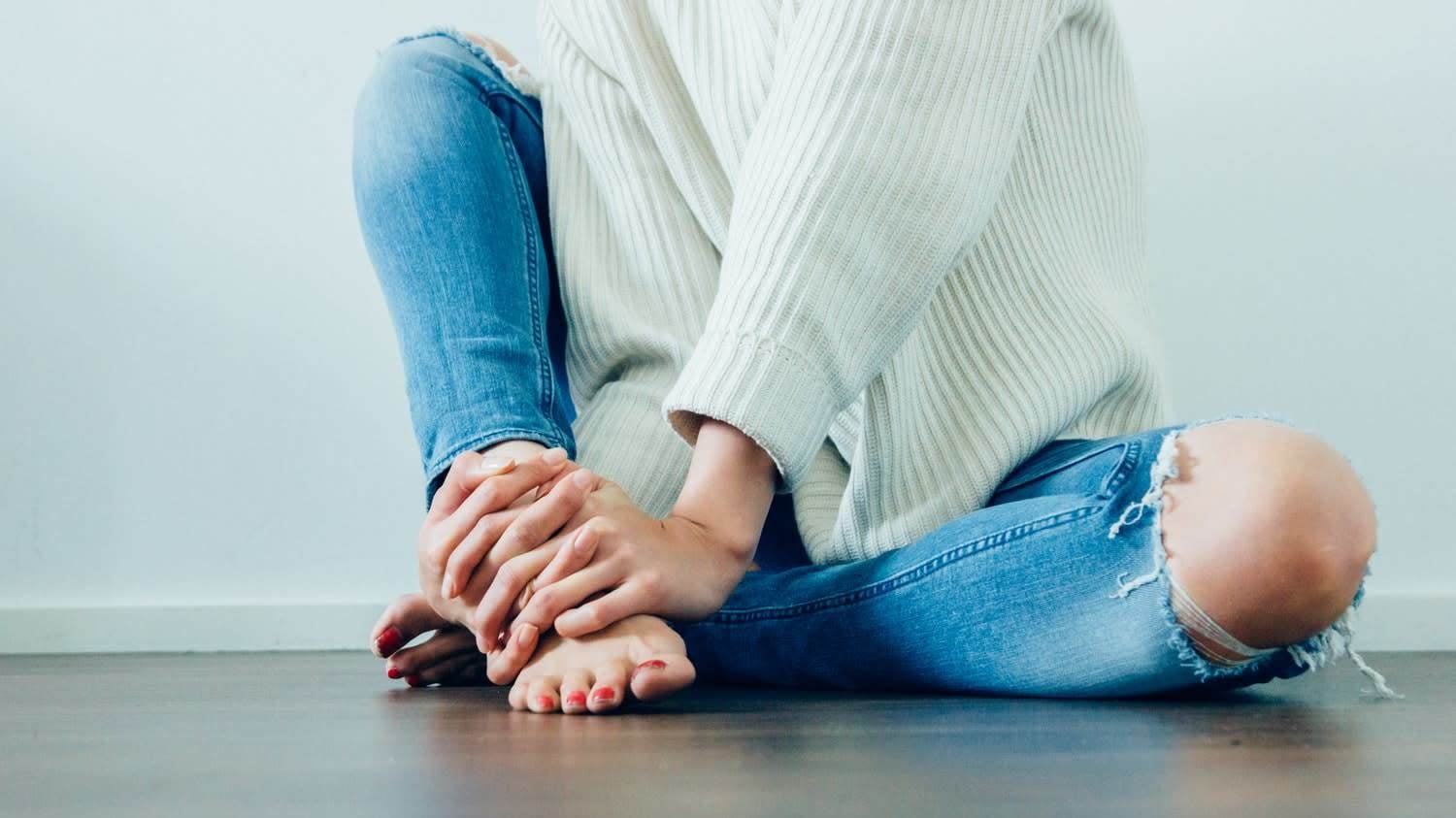
I remember learning from countless teen magazines and books on teen grooming that summer was, allegedly, your skin’s danger zone. All that sweating! All that sun! All that chlorine from pools! But I have always found the opposite to be true, from my adolescence on up. A little bit of salt and pool water and all that humidity generally makes me feel great. Winter is the time I really had to worry about, from head to toe. My perpetually oily skin becomes oily but also, like, kind of dry all the time, and I’m just basically perpetually dry everywhere else.
Suggested Reading
Winter skin is its own monster, worthy of its own routine, and underlying skin conditions mean we all get to experience it a little different, too. I have found my biggest winter foes are my hands and feet. My cuticles are always dry even in the best of times, and winter leaves then really hurting from exposure to the dry, cold air. My feet, on the other hand, seem to suffer from underexposure. Forgotten in heavy winter boots, my heals get hard and cracked and dry, too. The only real solution, really, is moisturize, moisturize, moisturize (and sometimes exfoliate). Here are a few solutions I’ve found really help with dry hands and feet even in the depths of winter.
Related Content
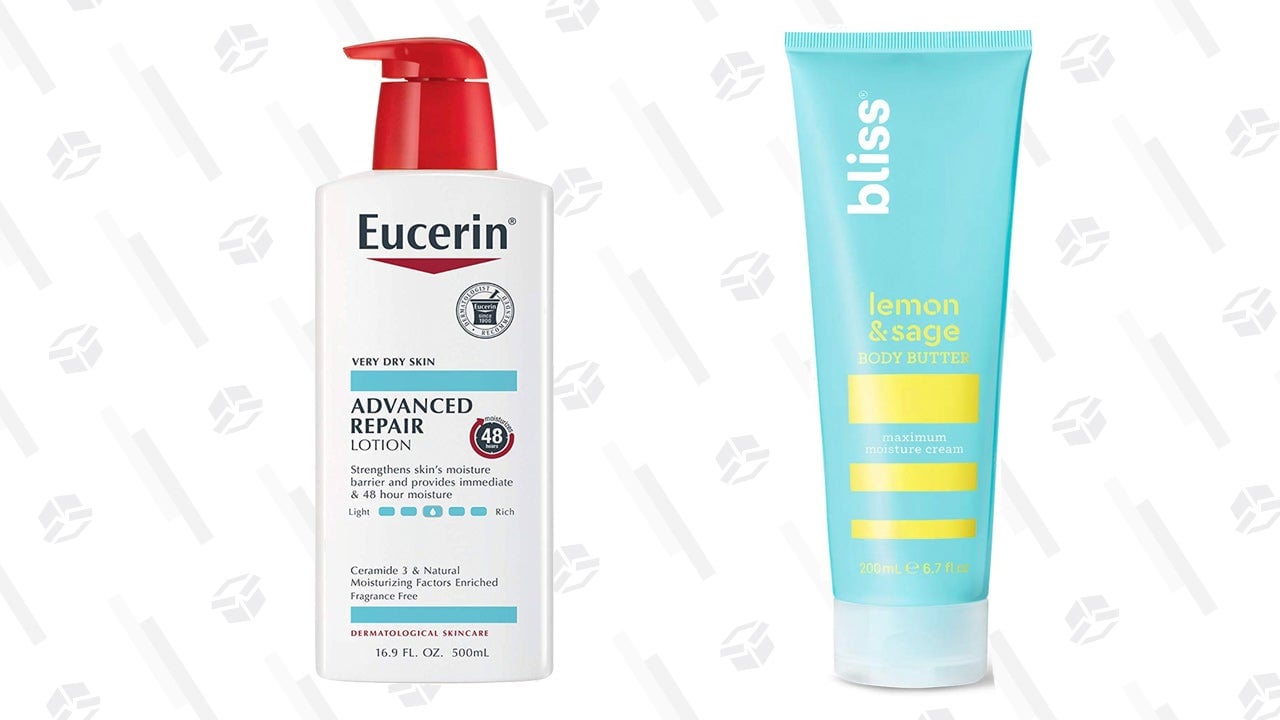
Hand and foot lotions are a bit of a scam, so I just opt for one very rich lotion that can go from tip to tail. I try to keep it right at the bedside table, too. Lotion is one of those things that can be very personal, but I like something thick by not too sticky without much of a scent, like Eucerin. If you want something a bit fancier but still affordable, Bliss’s body butter is a classic.
If you have truly cracked hand and feet and want even more oomph, O’Keefe’s Working Hands Hand Cream is a cult favorite, and, despite the name, is also good to go on feet.
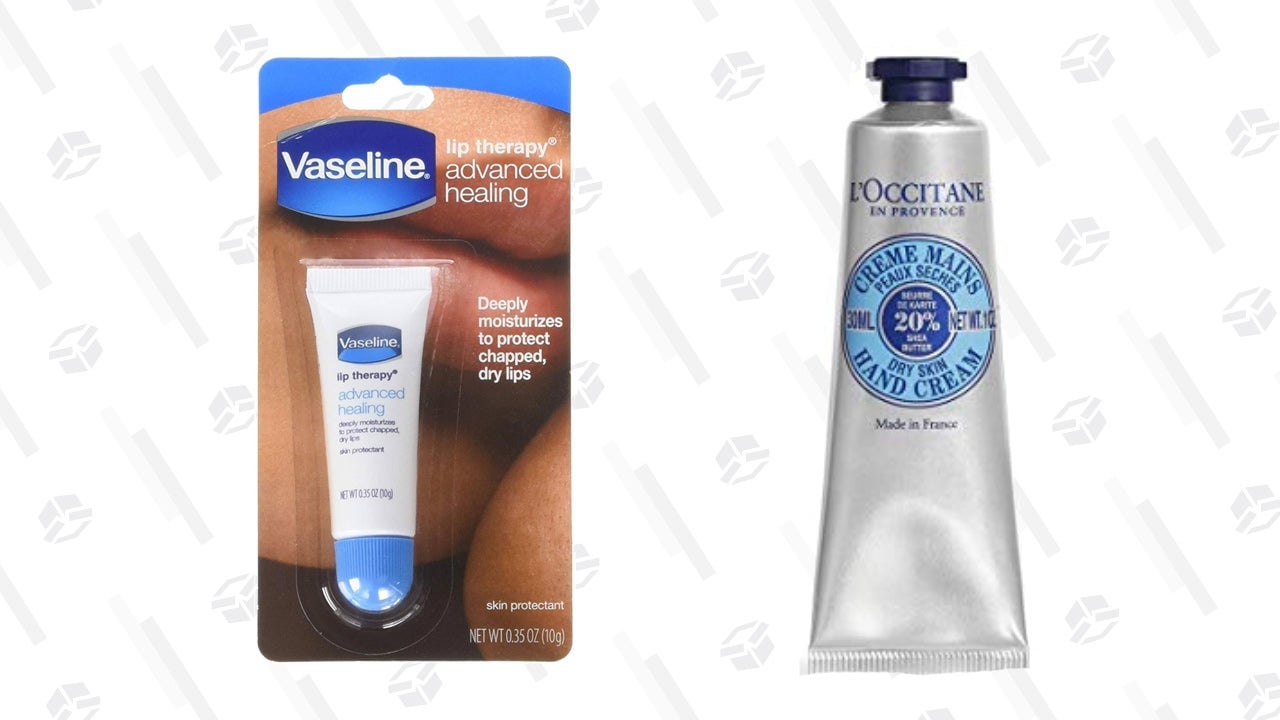
While hand cream is typically just a more expensive, thick body cream, I do think that there’s one big advantage to buying the right kind of hand cream: namely, they’re easy to travel with. Applying lotion just once a day isn’t going to do much to address chronic dryness, and you can’t really lug around a Eucerin pump bottle. The best option I’ve found is the L’Occitane Hand Cream. The rich shea butter makes it a great choice for dry hands, but the actual tube is why I like it so much for on-the-go. Because the cap screws on and off the metal tube, it’s less likely to come undone and leak or burst. The tube also flattens as it empties, taking up less and less space the more you use it.
I also find another good purse/pocket tool for hands is Vaseline’s Lip Therapy. It’s literally just Vaseline in a tube, but, again, the tube and screw-on top make it great for carrying with you. Apply it to your lips and hands as needed.
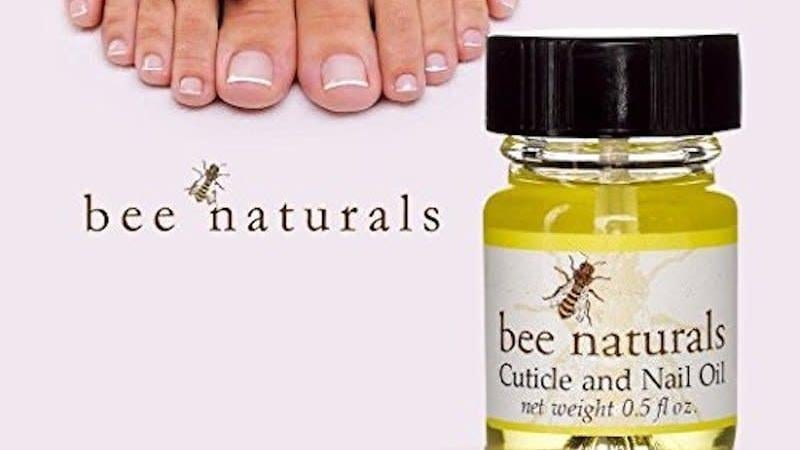
Dry winter hands come in all shapes and forms: for me, the biggest struggle is cuticles that split and peel. When I’m vigilant, adding drops of oil to my nail beds, which help seal in moisture, make a huge difference. Most oils come in a brush-on formula and are great for keeping on your dresser or at your desk at work. But, of course, I also like an on-the-go option. Cuticle pens allow you to dispense small amounts of oil onto your nail beds
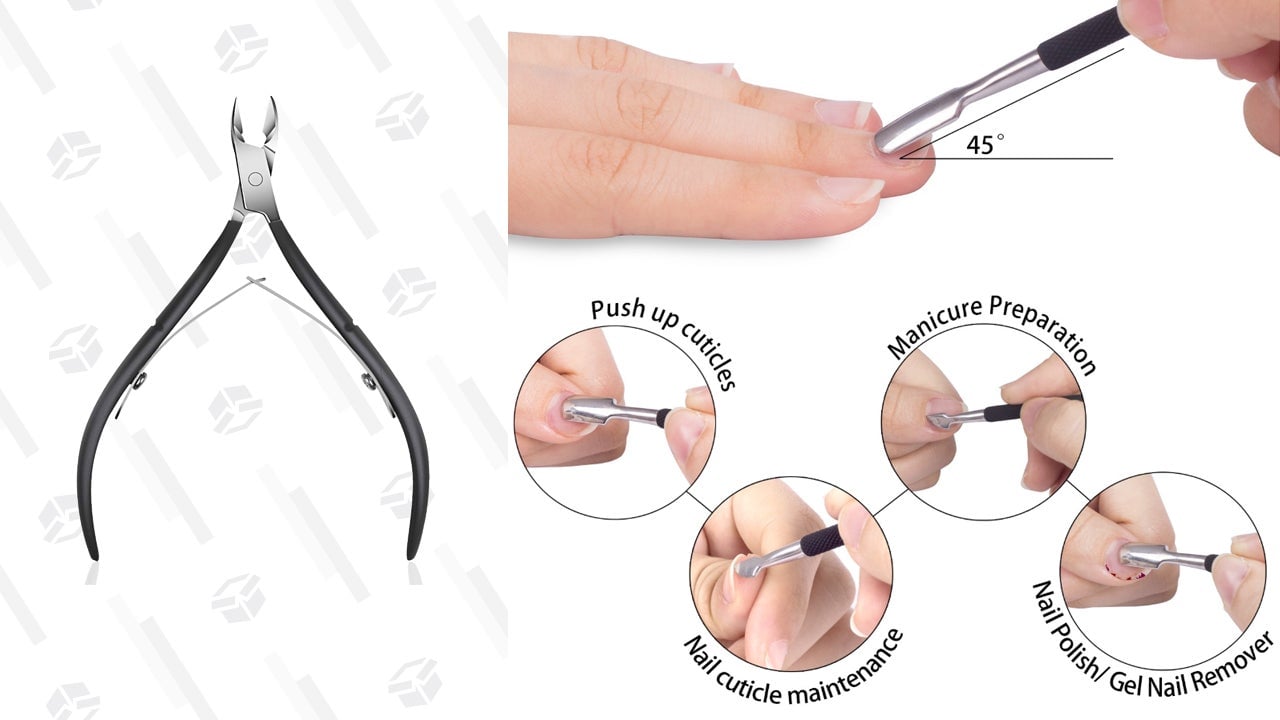
I’ve read a lot of things about how you’re not supposed to use cuticle nippers but here’s the thing: they are very effective at getting painful, torn cuticles off your hand. I try really, really hard to only use them on cuticles that have already started peeling, which keeps me from worrying at it and making it worse. This highly-rated one also comes with a cuticle pusher, which can be good to keep near the shower so you can gently push back cuticles while they’re still soft.
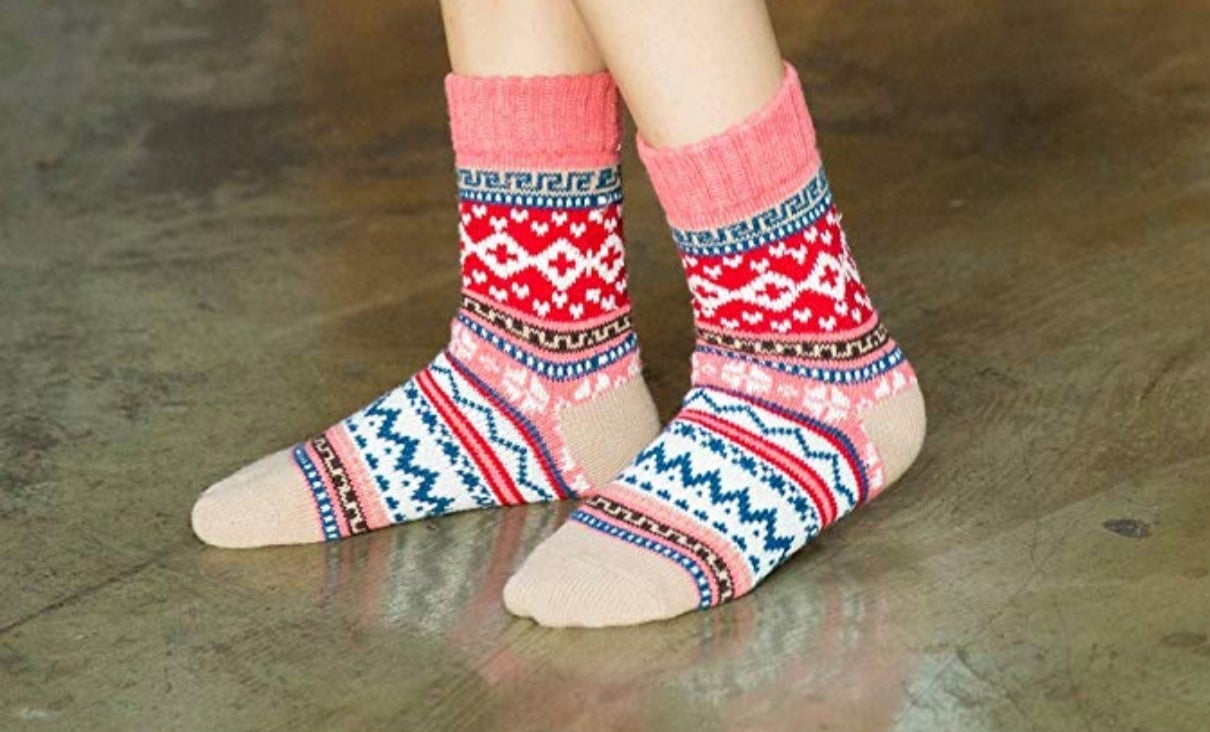
My grandmother was a pediatrician and her solution for dry heels is one I still use: put thick moisturizer on your feet and sleep with socks on. Gel or super-soft aloe-infused booties and socks sound nice, but I always lose them and they’re hard to clean. I’ve come to realize over the years that it’s way easier to just stick with your regular cotton socks. They can be tossed and cleaned as normal after sleeping in them (or hanging out with them on for a few hours).
Similarly, gel gloves are bulky and require you to give up all activity while you wear them. Thin cotton gloves are much easier: apply a thick layer of lotion and slip them on. I certainly can’t sleep with them on, but I have found it’s possible to fold laundry or do other busy work with relative ease. I also read a glamorous tip in a magazine years ago that has stuck with me: a woman said she put lotion on her hands, put on cotton gloves, then layered over her regular winter gloves and went for a run. I am not a runner, so my version is to put them on and then put on dishwashing gloves and clean the kitchen. Something about the added heat, whether from running or running water, helps it soak in.
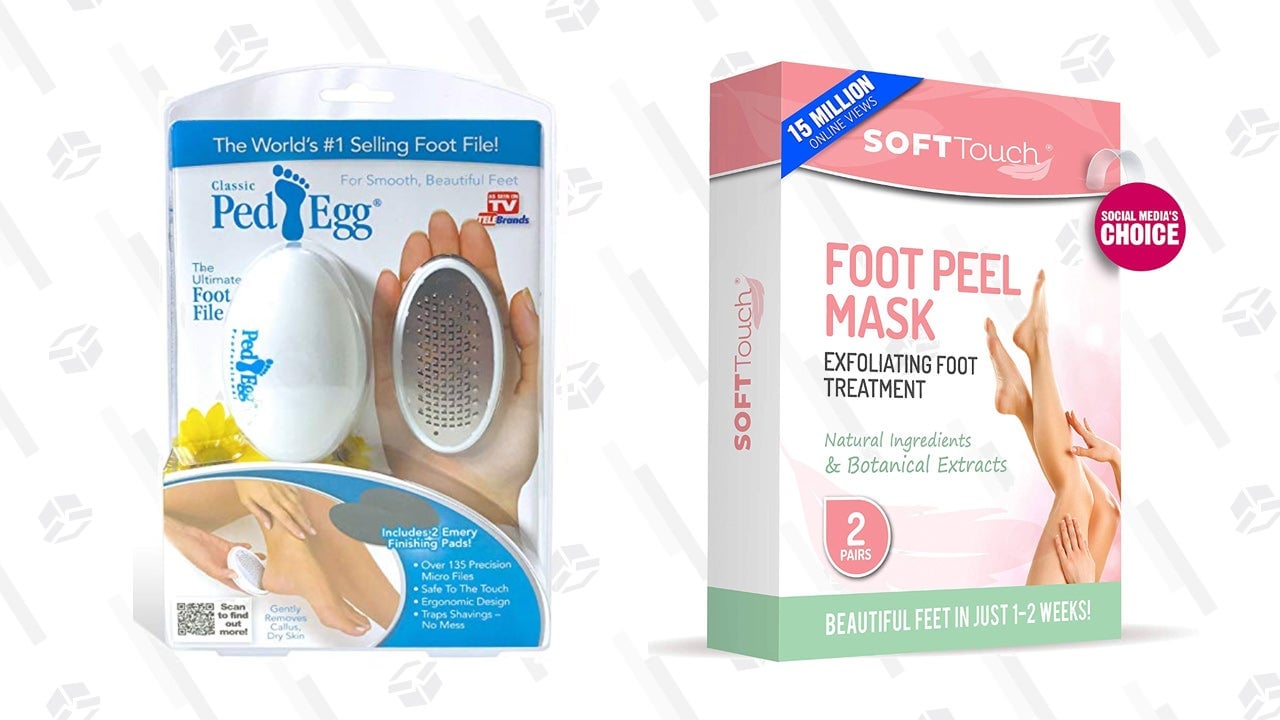
I get calloused heals in the winter and summer, no matter if I’m clomping around in boots or sandals. I am also predisposed to calloused heels that can crack painfully. Keeping them lotioned helps, but sometimes you gotta get rid of a few layers of dead skin for it to really work. I have found Pedegg is the best at actually getting rid of the worst top layer of callouses without actually cutting live skin. I would just recommend using it sparingly, and moisturizing afterward.
The kind of foot peels popularized by Baby Foot are also a good winter secret: You don’t want to do this in the middle of the summer because your foot really does peel as part of the treatment. There are lots of more affordable options on the market that work similarly to Baby Foot, which uses acids to slowly break down your dead skin layer over a few days. If you have sensitive skin, this is probably a skip, but if you struggle to get winter feet ready for spring like I do, it’s a gross-but-fun ritual to go through during sock season.
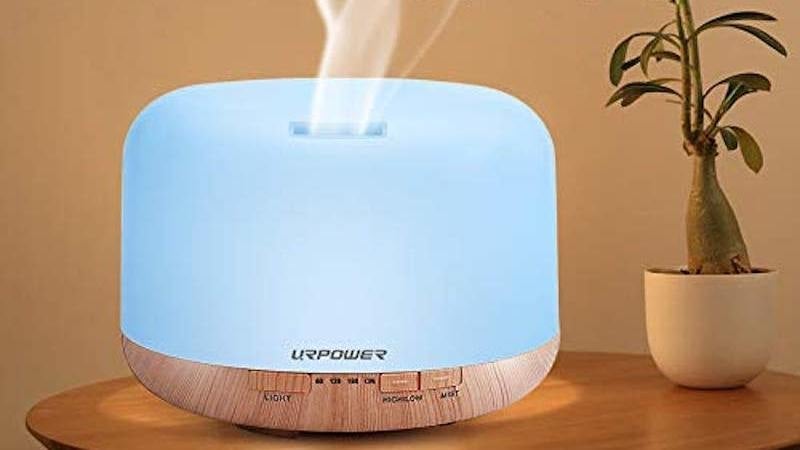
Finally, if you’re really desperate, try to see if you can control some of the dry air around you. Keeping on a humidifier while you sleep can help with dry skin all over, including your feet and hands. It can also help with other dry winter air ailments, like dry throats and noses.
